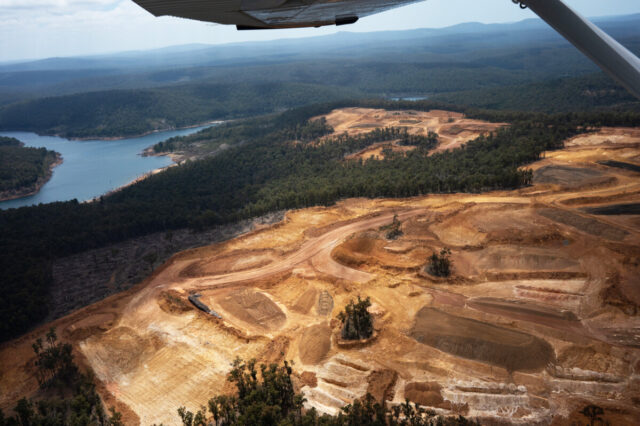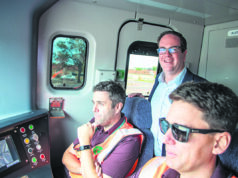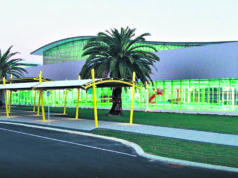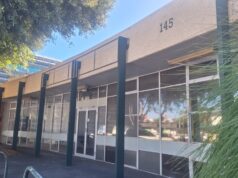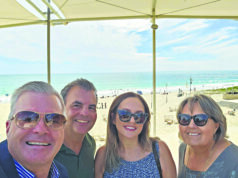A list of over 150 Australian scientists have joined forces to condemn the continued mining of unique jarrah forests in the south east.
US mining giant Alcoa was in the crosshairs of the united campaign which launched this week.
In a strongly-worded joint letter published in media outlets on Monday, the Leeuwin Group of Scientists and other prominent academics called for the government and the community to “halt the destruction of one of the world’s most important and biodiverse temperate forests” to avoid “extinction catastrophe”.
The Leeuwin Group of Scientists includes professors Fiona Stanley, Kingsley Dixon, Graeme Pearman, Richard Hobbs, Hans Lambers, John Bailey, and Don Bradshaw. The list of 154 scientists who have supported the statement also include Professor Tim Flannery, and many senior academics working at universities around Australia.
“Each year Alcoa clear and mine up to 8km2 with the loss of 60,000 mature, centuries-old trees and all native animals,” the statement read.
“Over 280km2 have been cleared by Alcoa, impacting 910km2 of forest – an area visible from space.”
The group claims that no rehabilitated bauxite mine sites have been “accepted back by the government of WA” as completely “restored”.
It also claims that the rehabilitated forests have impaired function and are less biodiverse, with black cockatoos and native mammals reluctant to return.
It backs up these claims with links to multiple academic studies which conclude the absence of mature trees in rehabilitated sites inhibits proper ecological restoration.
Alcoa has refuted each of these claims.
A spokesperson for the company said they had received two certificates of acceptance for areas of the original Jarrahdale mine site handed back to the government in 2005 and 2007, totalling 1355 hectares.
Alcoa received a state award for ‘environmental excellence’ when they closed the Jarrahdale mine in 2007.
A company spokesperson has said that it has rehabilitated more land than has been cleared over the past two years, and that over 75 percent of cleared bauxite mine sites in WA have been, or are at different stages of being, rehabilitated.
“This work is ongoing. The goal of our rehabilitation is to restore a self-sustaining jarrah forest ecosystem,” the spokesperson said.
“Lack of handback does not equate to a failure of rehabilitation … Many of the areas we have rehabilitated that are yet to be handed back to the state support self-sustaining forest ecosystems.
“Published, peer reviewed research has shown that 100 per cent of mammals, and 90 per cent of birds and reptile species had returned to rehabilitated areas, including several species of black cockatoos. Alcoa also protects large marri trees that are used as black cockatoo nesting and foraging trees as part of our pre-mining planning.
“We are also the first mining company to receive recognition from the United Nations for rehabilitation excellence.”
The office of WA Minister for Environment Reece Whitby has said they have “high expectations” that Alcoa will tick all boxes.
“However, it’s important to understand there is a difference between rehabilitation and complete restoration,” a spokesperson for the minister said.
“Unlike rehabilitation, which includes landscaping, seeding, and overburden and topsoil return, complete restoration involves re-establishing forest ecosystems.
“Depending on the extent of mining that’s taken place, this can take decades to achieve.”
The spokesperson said the responsibility for this fell squarely on the shoulders of Alcoa.
Earlier this year the DBCA said that while the 1355 hectares of Jarrahdale land had been rehabilitated to an extent suitable for handover, “this does not necessarily equate to all of the rehabilitation completion criteria applicable to the suite of different ages and types of rehabilitation present in the area at the time, having been met”.


